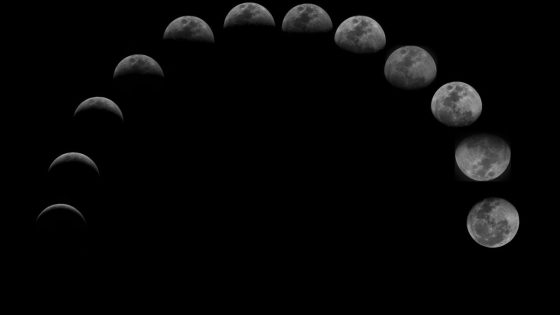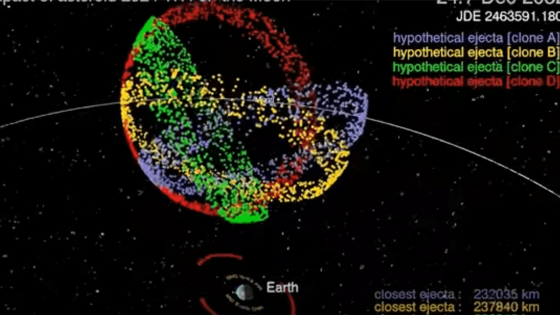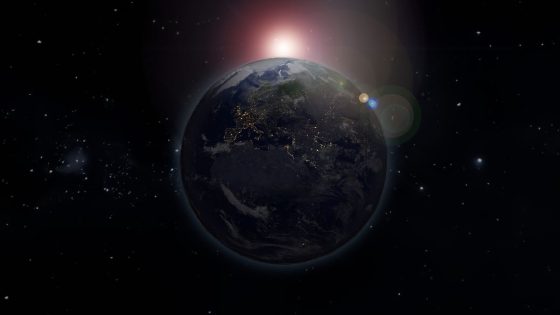A Black Moon is set to occur on August 23, 2025, offering a unique opportunity for stargazers. This intriguing lunar event, while not an astronomical term, refers to the occurrence of a third new moon in a season that typically has only three.
- Black Moon refers to lunar phenomena.
- Occurs when three new moons happen.
- Best time for stargazing opportunities.
- New moon phases cause darker skies.
- Different definitions for Black Moon exist.
- Contact local astronomy clubs for guidance.
During this Black Moon, the moon will essentially vanish from view, creating ideal conditions for observing fainter celestial bodies. As Jeff Rich from Carnegie Science explains, the absence of moonlight allows for clearer visibility of the Milky Way and other astronomical wonders.
This phenomenon raises an interesting question: why are Black Moons significant despite their invisibility? For astronomers, the absence of moonlight is crucial for observing dim stars and galaxies. Consider these points:
- Black Moons enhance visibility of celestial bodies.
- This event occurs roughly every 33 months.
- It provides a chance to witness meteors and nebulas.
- Local astronomy clubs can offer guidance on stargazing.
As we look ahead, this Black Moon serves as a reminder of the wonders of our universe. Engaging with local astronomy clubs can enrich your understanding and appreciation of these celestial events.
































